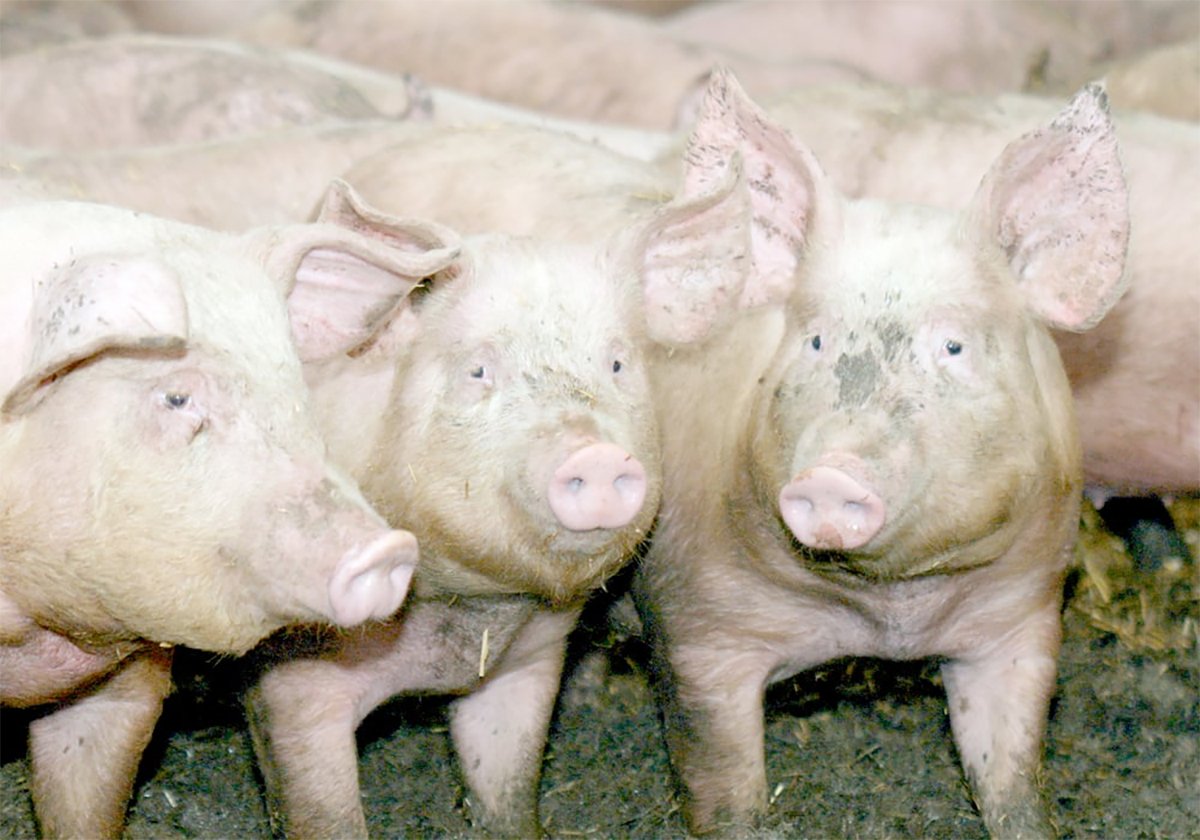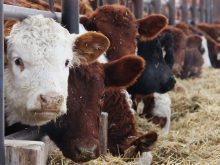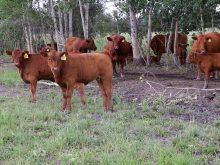For the week ending Sept. 20, western Canadian feeder markets traded steady to $5 per hundredweight lower compared to seven days earlier.
There were pockets where quality calf packages traded $10-$15 per cwt. below prices from the previous week.
The October feeder cattle futures have been trading at a $15 per cwt. premium to the deferred March 2026 contract. This inverse in the feeder futures market appeared to weigh on calf prices as the market structure tells feedlot operators to be patient on purchases.
Read Also

The Western Producer Livestock Report – October 2, 2025
Western Producer Livestock Report for October 2, 2025. See U.S. & Canadian hog prices, Canadian bison & lamb market data and sale insight.
Auction market reports had larger volumes of calves this past week, and the additional supply also contributed to softer demand.
Ontario buying interest appeared to be limited this past week, resulting in a softer tone in Manitoba and eastern Saskatchewan.
The Ponoka Market Report had mixed yearling steers straight off grass on video weighing 1,066 pounds with full processing records trading for $454 per cwt. f.o.b. ranch.
The Team Video Auction Report had a group of mixed yearling steers (including Charolais cross and Black/Red Angus) off grass with full processing records, including implants, averaging 950 lb. last bid at $483 per cwt. for delivery Sept. 30 f.o.b. ranch near Veteran, Alta.
The St Rose Du Lac Auction in Manitoba had a small package of Charolais yearling steers averaging 944 lb. trading for $462 per cwt. at the ring.
At the Killarney Auction in Manitoba, a smaller package of black yearling steers evaluated at 843 lb. off grass sold for $506 per cwt. At the same sale, a seven-pack of Simmental blended yearling heifers averaging 864 lb. settled at $491 per cwt.
The Lloydminster Market Report (ring sale) had a smaller package of red-mixed, short-weaned, steer calves scaled at 704 lb. notching the board at $593 per cwt. At the same sale, a handful of red heifer calves averaging 709 lb. settled at $520 per cwt.
The Team Video Market Report had a group of Charolais steers weighing 650 lb. with full processing data and implants off mother’s milk and grass traded for $651 per cwt. f.o.b. Picture Butte, Alta., delivery for Oct. 30.
The same video sale reported a group of 50 medium frame red heifers evaluated at 630 lb. with full veterinary records but no implants off mothers and grass moving at $641 per cwt. f.o.b. ranch near Fort Macleod, Alta., deliverable the week of Oct. 20.
The Meadow Lake Auction Market Report had a group of black steers weighing 596 lb. trading for $671 per cwt. and a pair of tan steers averaging 501 lb. selling for $770 per cwt.
Alberta packers were buying fed cattle on a dressed basis in the range of $520-$525 per cwt. delivered, steady to $2 per cwt. lower than last week. Using a 60 per cent grading, this equates to a live price of $312-$315 per cwt. delivered.
Break-even pen closeouts are in the range of $285-$295 per cwt. f.o.b. feedlot.
For March and April, break-even pen closeouts based on this week’s replacement values are in the range of $360-$365 per cwt. on a live basis (all costs included). The April live cattle futures are reflecting a fed cattle live price of only $326 per cwt. Incoming replacements are deep in red ink.
The rally in the cattle market is largely due to the strong year-over-year increase in domestic beef demand. September and October are two months of seasonally low demand, and the packers will curtail the slaughter pace.
The U.S. Federal Reserve and the Bank of Canada are lowering their interest rates in an effort to stimulate the economy. Economic growth forecasts have been lower for 2026. It takes 12 to 18 months for interest rate adjustments to enhance lending and stimulate consumer spending.
The main marketing period for calves is October and November.
Feedlot placements in Alberta and Saskatchewan during August were 131,000 head. Feedlot placements during September are estimated at 200,000 head. Placements will peak in October at around 350,000 head.
Larger supplies results in lower demand, which causes prices to weaken.

















